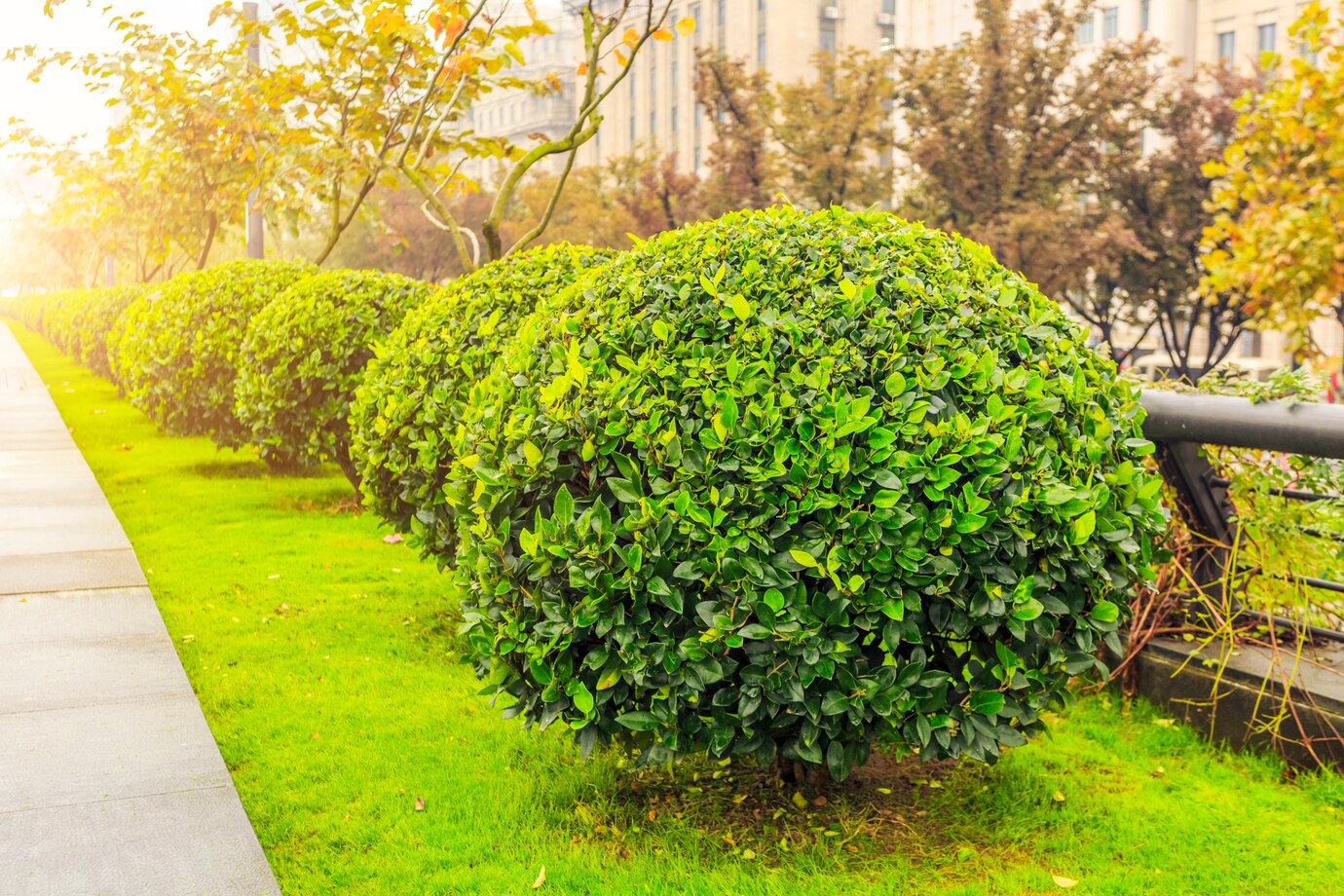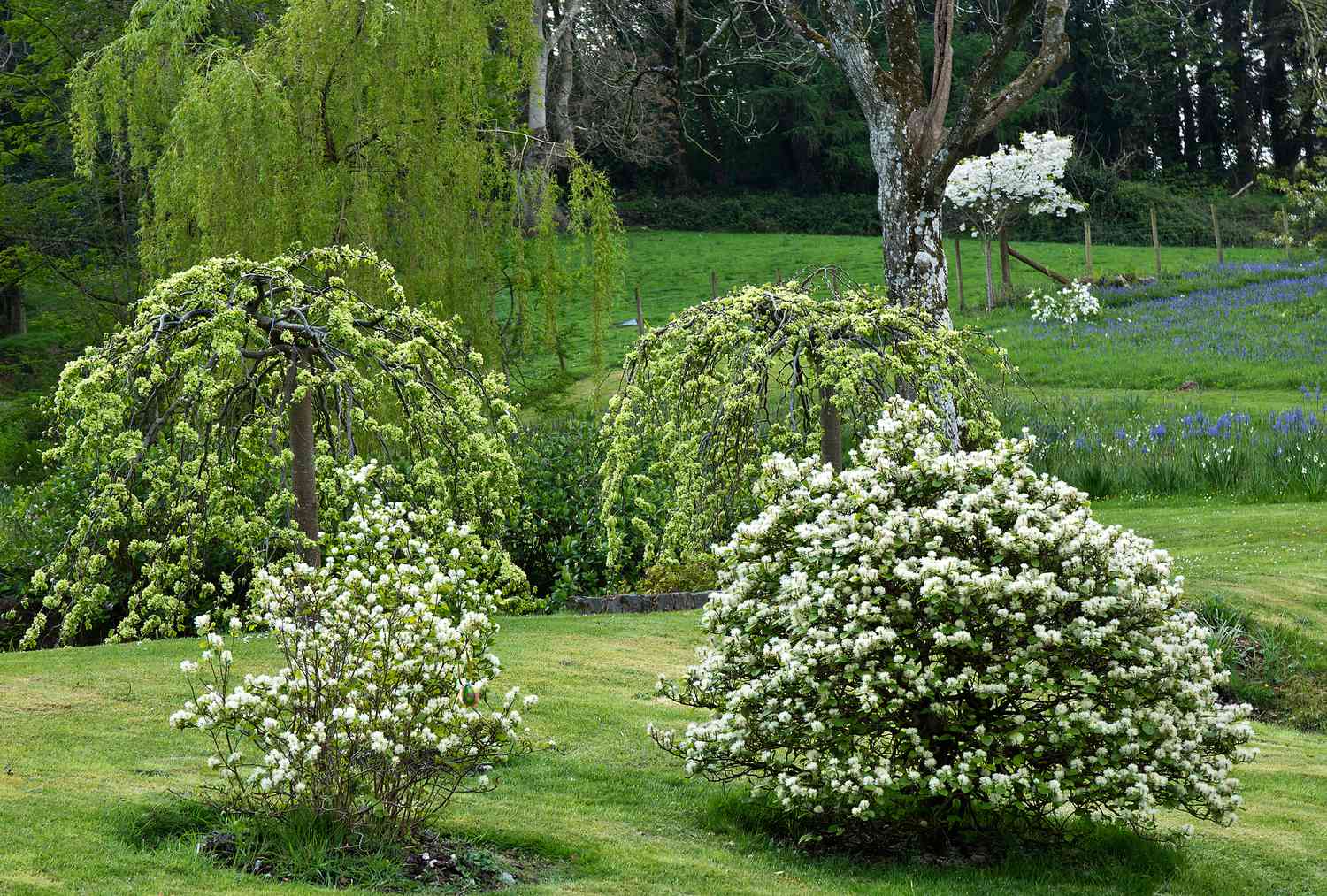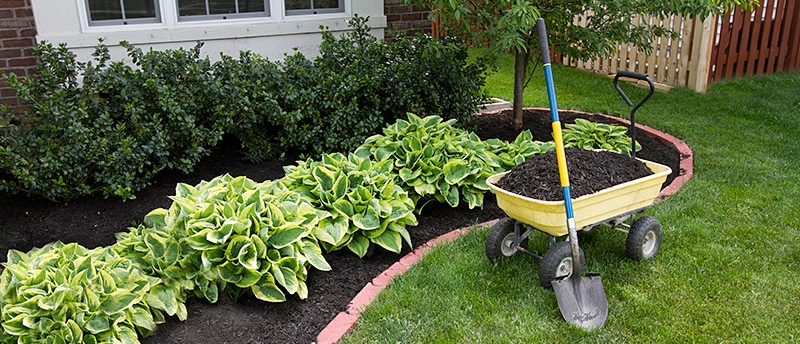Short Trees for Landscaping
Introduction
Short trees are the perfect solution for creating a beautiful, functional outdoor space without the challenges of managing larger trees. These compact options fit neatly into small yards, provide structural interest in larger gardens, and add a layer of charm to any landscape. This comprehensive guide will walk you through everything you need to know about short trees, from selecting the right species to incorporating them creatively into your design.
Why are short trees such a popular choice in landscaping? For starters, they’re versatile, manageable, and packed with visual appeal. Unlike towering oaks or sprawling pines, short trees allow you to enjoy all the benefits of greenery without the fear of overpowering your space. Plus, they’re perfect for creating cozy, inviting outdoor environments, whether you have a spacious garden or a compact urban yard.
Choosing the Right Short Trees
Factors to Consider
Before diving into the world of short trees, take a moment to assess your needs:
• Climate Suitability: Choose trees that thrive in your USDA hardiness zone.
• Soil Compatibility: Check if your soil is sandy, loamy, or clay-heavy and select accordingly.
• Sunlight and Shade: Determine the light conditions in your garden to match the tree’s requirements.
• Maintenance Needs: Opt for low-maintenance varieties if you prefer minimal effort.
Popular Short Tree Varieties
Short trees fall into a range of categories:
• Evergreens: Like Dwarf Alberta Spruce, they stay green year-round, providing constant beauty.
• Deciduous Trees: Redbuds and Japanese Maples bring vibrant seasonal changes.
• Flowering Trees: Add bursts of color with species like Dogwood and Crape Myrtle.
Top Short Trees for Landscaping
Ornamental Short Trees
• Japanese Maple (Acer palmatum): Known for its delicate, lobed leaves and fiery fall colors, this tree adds elegance to any landscape.
• Dogwood (Cornus florida): Its stunning white or pink blossoms in spring are followed by lush green leaves and red berries.
• Crape Myrtle (Lagerstroemia): Renowned for its long-lasting flowers, it’s a favorite in warmer climates.

Functional Short Trees
1.Dwarf Fruit Trees: Varieties like dwarf apple, peach, or lemon trees combine beauty with the practicality of homegrown fruit.
2.Serviceberry (Amelanchier): Offers a delightful combination of spring flowers, summer berries, and vibrant autumn foliage.
3.Redbud (Cercis canadensis): Famed for its heart-shaped leaves and clusters of pink blossoms in early spring. Benefits of Short Trees in Landscaping
Space Optimization
Short trees are ideal for smaller spaces. Their compact size ensures they don’t overwhelm your yard, making them suitable for gardens, patios, and even container planting.
Enhancing Aesthetic Appeal
These trees act as living sculptures, adding layers of color, texture, and structure. They complement larger trees, shrubs, and flowers while standing out as individual focal points.
Planting and Caring for Short Trees
Planting Tips
• Location: Pick a spot with the right balance of sun, shade, and protection from harsh winds.
• Hole Depth: Dig a hole twice the width of the root ball but no deeper than its height to avoid waterlogging.
• Mulching: Apply mulch around the base to retain moisture and regulate temperature.
Maintenance and Pruning
• Watering: Newly planted trees need consistent watering. Mature trees generally require less frequent attention.
• Fertilizing: Apply balanced fertilizer during the growing season to promote health and growth.
• Pruning: Trim dead or crossing branches to maintain shape and encourage healthy growth.
Creative Landscaping Ideas with Short Trees
Using Short Trees as Focal Points
Strategically position short trees to draw attention to architectural features like patios, entryways, or garden beds. For example, a flowering tree near your porch can create an inviting atmosphere.

Combining Trees with Shrubs and Flowers
Create depth by layering trees with medium-height shrubs and ground-hugging flowers. Pair the soft blossoms of a Dogwood with colorful perennials for a harmonious look.
Common Mistakes to Avoid
Overcrowding
Avoid planting trees too close to each other or other plants. Crowding restricts growth and can lead to unhealthy competition for nutrients and sunlight.
Ignoring Long-Term Growth
Research the tree’s mature size before planting. Even short trees can spread wide, and failure to plan can lead to overhanging branches or root issues.
Eco-Friendly Landscaping with Short Trees
Benefits to Wildlife
Short trees often attract birds, bees, and butterflies. Species like Serviceberry provide food and shelter for wildlife, supporting local ecosystems.
Reducing Carbon Footprint
Short trees can help lower energy costs by providing shade to cool your home in summer and windbreaks in winter. They also sequester carbon, contributing to a healthier environment.
Conclusion
Short trees are more than just space-savers—they’re the key to a well-balanced, visually appealing landscape. With careful selection, proper care, and creative placement, these compact beauties can elevate your garden, making it both functional and inviting.

